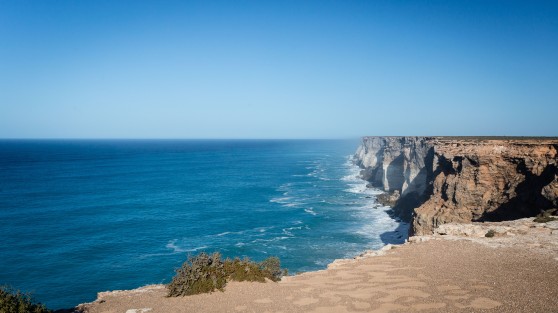The Great Western Woodlands (GWW) form the largest tracts of temperate woodlands left on Earth. They hold approximately 30% of Australia’s Eucalypt species, and close to 20% of Australia’s plant species overall. This is truly an overlooked gem of Australian biodiversity. Last Spring I was lucky enough to visit for my work on pollination in our native plants.


My target there was Eremophila, a genus of approximately 250 species largely confined to arid and semi-arid Australia. The GWW represents one of the centres of diversity for the genus, and so I chose it as a likely spot to set up a new study contrasting bird and insect pollination.

Eremophila alternifolia was one of about 15 Eremophilas I saw flowering despite the drier than average conditions.
I was joined by perhaps the best kind of field assistant: a trained and accomplished professional ecologist who also happens to be my beautiful wife. After driving 2800km from Melbourne to field sites near Norseman, Western Australia, we spent a little under two weeks observing pollinators, surveying and mapping populations of plants, and collecting samples for population genetics.


One of the many viewpoints south of the Nullarbor Plain.
I left in awe of the scale of these woodlands, in love with the peace and isolation they offer, and a bit concerned over their insecure future. Fully 60% of the GWW is tenured “unallocated Crown land”, unmanaged and open access. With more visitors, and more appreciation of the value of these vast woodlands, I hope we can find a way to secure more of it into ongoing reserve for future generations.

The bluebush understory contrasts dramatically with red sand in many areas. Front left is one of my study species Eremophila scoparia.

The whole region is dotted with salt-pans.

As predicted from the small, violet flowers, Eremophila scoparia was visited by a host of native bees.




Eremophila decipiens has characteristic bird-adapted flowers.

Camera traps being expertly arranged by Samantha. Footage revealed that E. decipiens was being visited by a range of honeyeater species.


Eremophila calorhabdos

This spectacular Grevillea hid a massive bloom of flowers underneath it

The inflorescences are held on stems that grow along the ground underneath the shrub. The very long style with pollen-presenter is suggestive of adaptation to birds, but mammals might not be out of the question.

Eucalyptus loxophleba with daggy botanist for scale

Majestic Salmon gum (Eucalyptus salmonophloia) with Samantha for scale.

The serenity of wandering amongst giant Salmon gums at dusk was magic.

Gleaming bark on Eucalyptus salubris

Elevating on Lake Cowan. Photo: S. Vertucci.

For the second half of the trip I was joined by collaborator and all-round legend Dr. Renee Catullo. I made us walk 10km to collect camp gear following a single poor decision.
Stay tuned as research results emerge. The study should tell us about the way pollen moves under bee and bird pollination, and how those fine scale patterns play out on a grand landscape level.
-32.438401
122.627746


















































